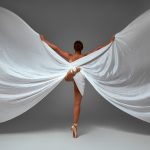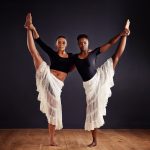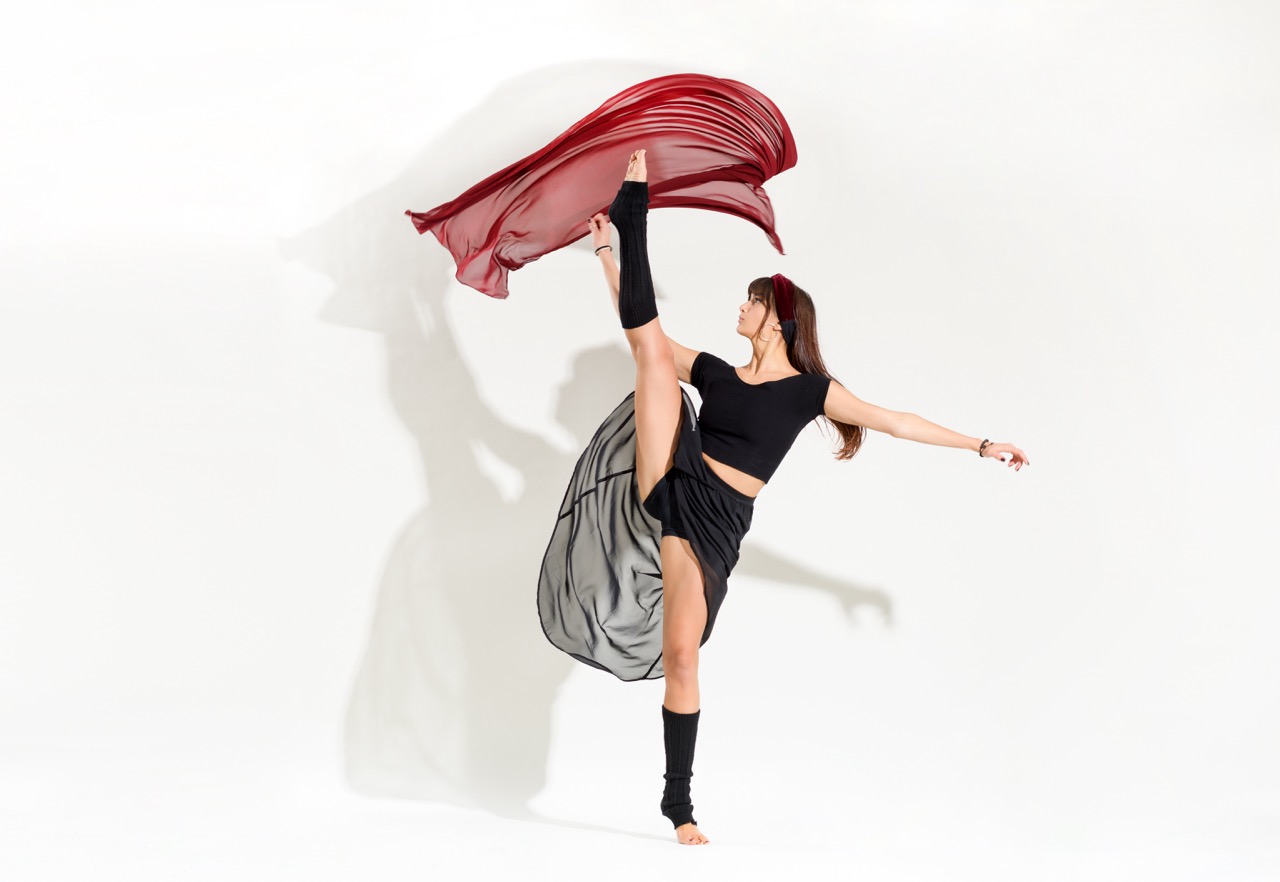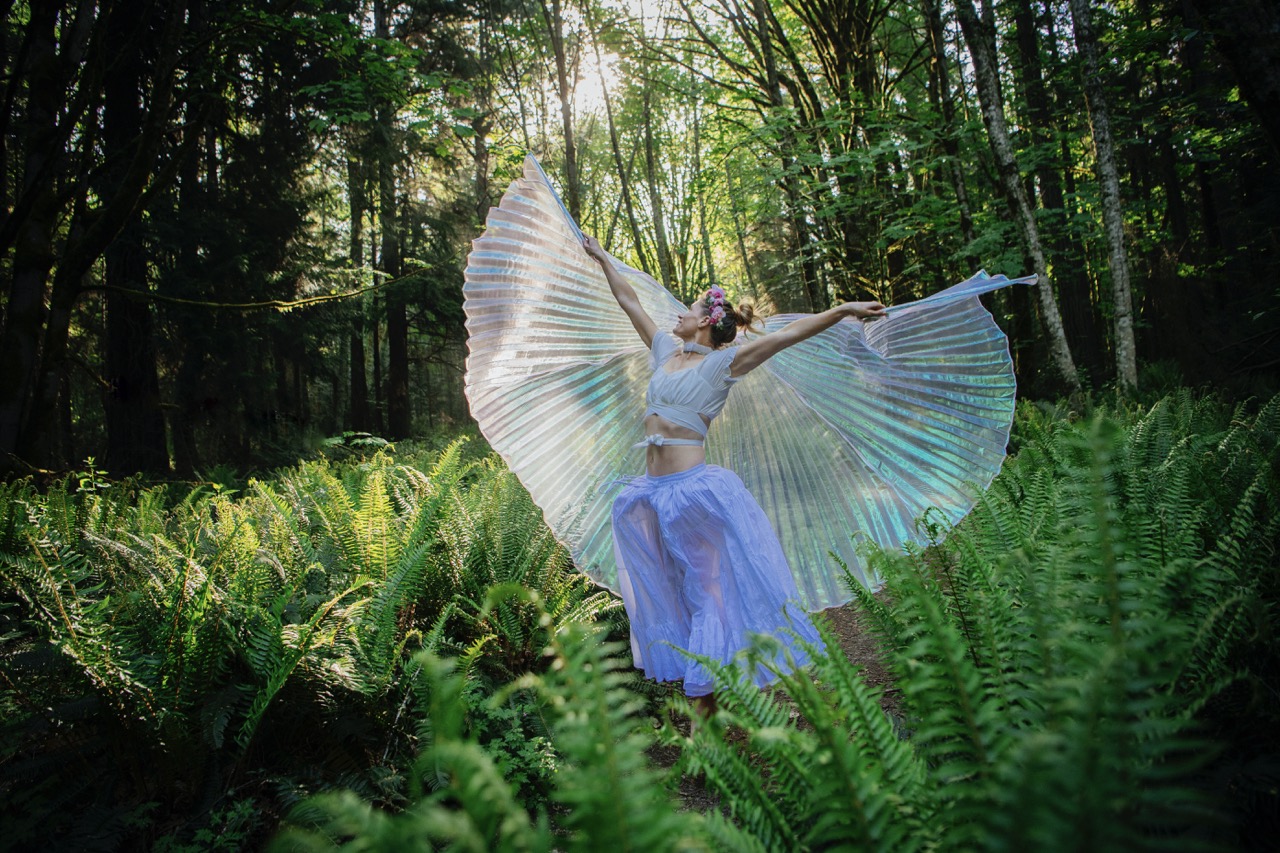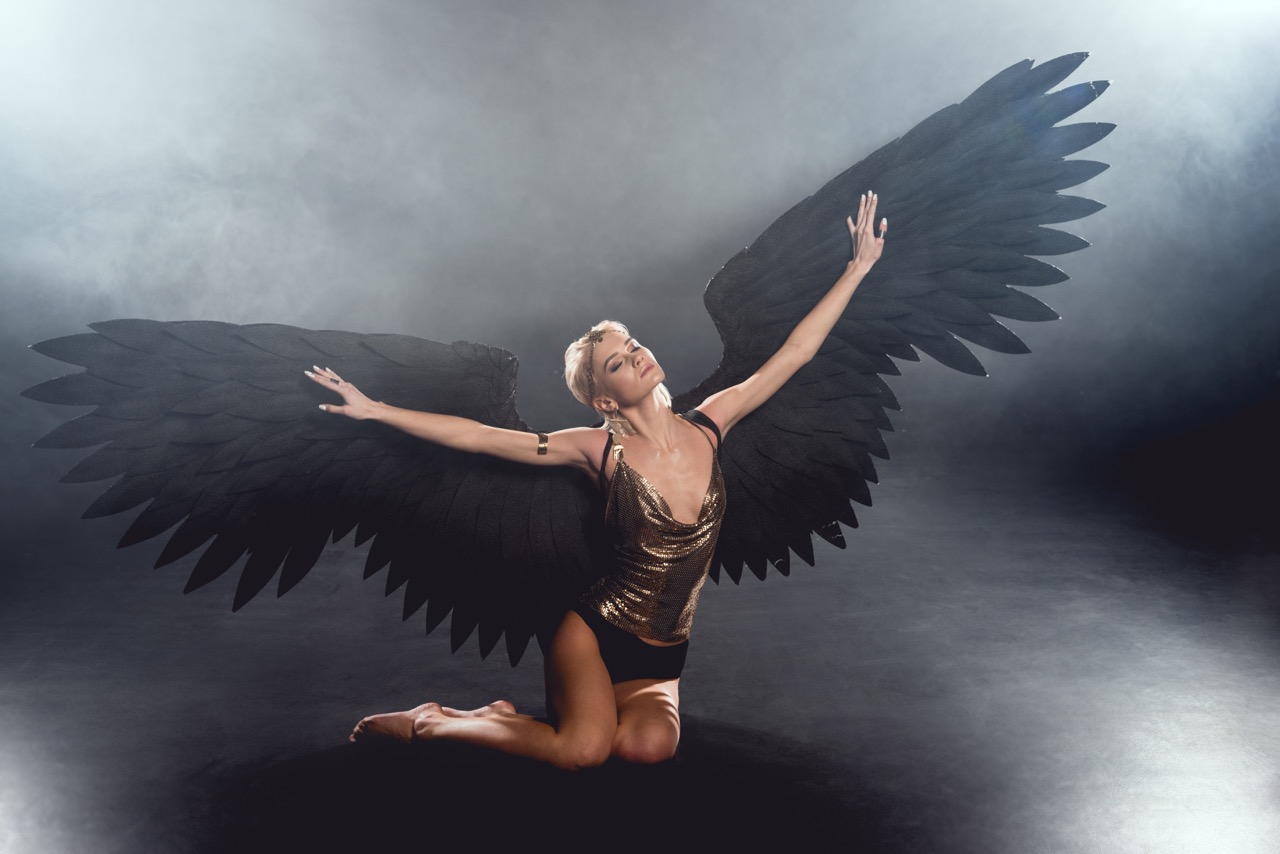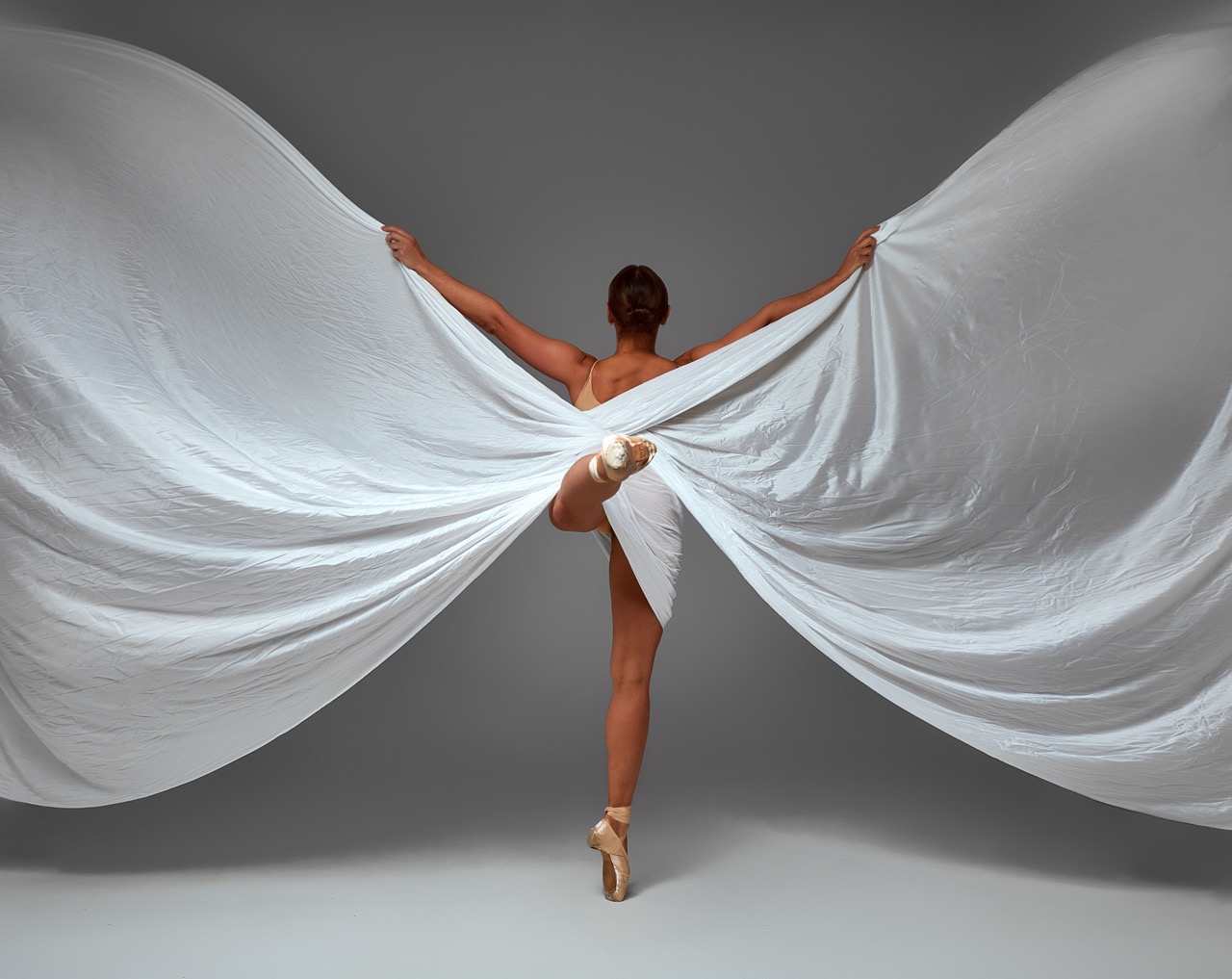Dance is an exquisite form of expression that requires not only creativity but also physical prowess. Flexibility and strength are vital components that enable dancers to perform at their best, allowing for fluid movements and powerful stunts. In this article, we will explore the essential aspects of maintaining flexibility and strength, providing you with valuable insights into techniques and cross-training that can elevate your dance performance to new heights. Let’s dive into the secrets of the dance floor!
Unlocking the Dance Floor: The Secrets of Flexibility
Flexibility is the cornerstone of dance, allowing performers to execute movements with grace and fluidity. It is not merely about being able to do the splits or reach for your toes; it’s about achieving the full range of motion in your joints and muscles, which enhances your overall performance. Dancers with high flexibility can transition between poses with ease, making each performance captivating. Moreover, flexibility aids in injury prevention, as more supple muscles can absorb impact better than rigid ones.
To unlock your flexibility, regular stretching is essential. Incorporating dynamic stretches in your warm-up routine prepares your muscles for movement, while static stretches post-rehearsal will help lengthen them over time. It’s vital to listen to your body and avoid pushing yourself too far, as overstretching can lead to injuries instead of benefits. Setting a consistent schedule for stretching, such as daily sessions or after every class, can yield significant improvements in your flexibility.
Additionally, understanding the mechanics of your body can enhance your flexibility training. Engaging in activities that promote body awareness, such as yoga or Pilates, can aid in achieving better flexibility. These disciplines emphasize controlled movements and breathing techniques that deepen your stretches and improve your overall body alignment. Remember, flexibility is a journey rather than a destination, and patience is key in your progress.
Building Strength: Your Foundation for Dance Excellence
While flexibility allows you to move freely, strength provides the foundation necessary for supporting those movements. Strength training for dancers is not about bulking up; rather, it is about developing lean muscle that enhances performance and stamina. Strong muscles help you maintain control during jumps, turns, and intricate footwork, providing stability and power to your dance.
A well-rounded strength training regimen should focus on all major muscle groups, particularly the core, legs, and arms. Engaging in exercises such as squats, lunges, planks, and resistance training can build the stamina required for rigorous dance routines. Moreover, integrating bodyweight exercises can be particularly effective, as they mimic the movements you perform while dancing, making them functionally relevant.
Incorporating strength training into your routine doesn’t have to be daunting. A few sessions per week can make a significant difference. Consider working with a personal trainer familiar with dance-specific conditioning to tailor a program suited to your needs. Over time, you will notice not only improvements in your strength but also enhanced confidence in your abilities on the dance floor.
Stretching Techniques: The Art of Dance Flexibility
Mastering various stretching techniques is essential for any dancer seeking to enhance flexibility. Static stretching, which involves holding a stretch for a prolonged period, is particularly effective for increasing the length of the muscles and improving range of motion. A strong routine of static stretches should target all major muscle groups, especially those utilized in your specific style of dance.
Dynamic stretching, on the other hand, is crucial for warming up before rehearsals or performances. This technique involves controlled movements that gently engage the muscles and increase blood flow, preparing your body for more vigorous activity. Incorporating exercises such as leg swings, arm circles, and torso twists can effectively warm up your muscles and joints while enhancing flexibility.
It’s also beneficial to explore proprioceptive neuromuscular facilitation (PNF) stretching, which involves a partner or resistance to achieve deeper stretches. This technique alternates between contracting and relaxing the muscle, effectively allowing for greater flexibility gains. As you practice these various methods, remember to breathe deeply and focus on your body’s response, cultivating a mindful approach to stretching.
Cross-Training Tips: Strengthening Your Dance Journey
Cross-training is an invaluable component of any dancer’s regimen, providing varied experiences that can enhance both strength and flexibility. Engaging in different forms of exercise, such as swimming, cycling, or martial arts, can improve your cardiovascular fitness, flexibility, and muscle strength without the strain of repetitive dance movements. This diversification keeps your routine fresh and exciting while preventing burnout.
Incorporating activities like yoga or barre classes can significantly benefit your dance performance. Yoga emphasizes core strength, balance, and body awareness, which are essential in dance. Barre workouts focus on building lean muscle and improving flexibility through ballet-inspired moves, making them particularly relevant to dancers. By cross-training, you’re not only enhancing your physical capabilities but also reducing the risk of injury by allowing certain muscle groups to recover while others are engaged.
Finally, remember to listen to your body and adjust your training regimen accordingly. Balancing dance practice with cross-training and recovery periods ensures that you develop both strength and flexibility without overexerting yourself. By integrating these diverse activities into your routine, you empower your dance journey, setting the stage for a lifetime of creativity and performance.
Maintaining flexibility and strength is essential for any dancer serious about their craft. By unlocking the secrets of flexibility, establishing a strong foundation, mastering stretching techniques, and embracing cross-training, you can elevate your dance performance to new heights. The journey to becoming a versatile dancer requires dedication, patience, and a holistic approach to training. So lace up your shoes, stretch those muscles, and get ready to unleash your full potential on the dance floor!


